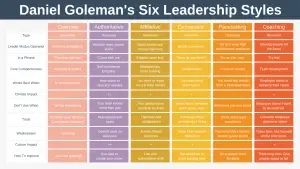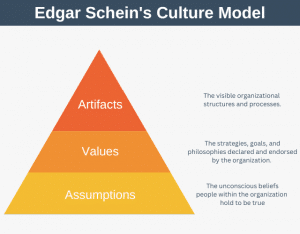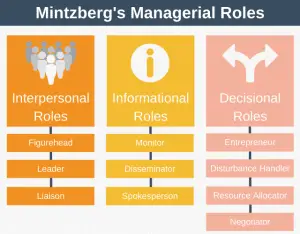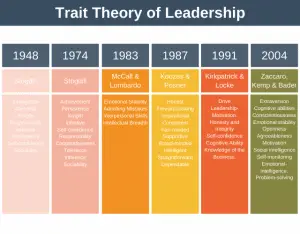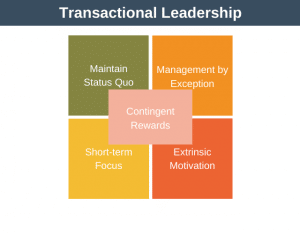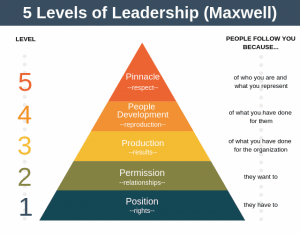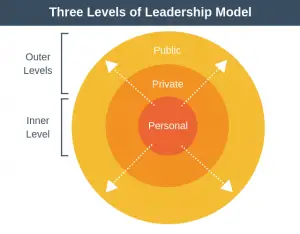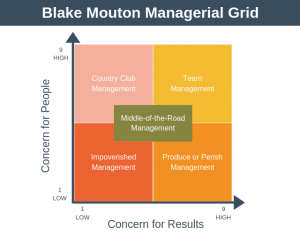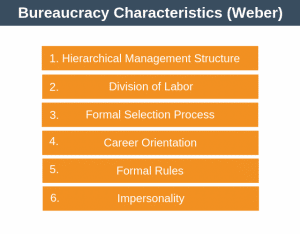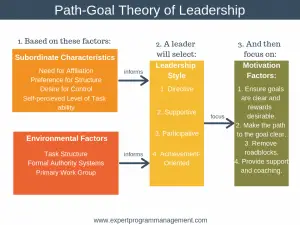In this article, we’ll look at how town hall meetings operate in an organizational context. The purpose of a town hall meeting is to allow:
- Management to keep their team up to date on important information.
- The team to ask questions of management and give their feedback.
- Everyone to understand the goals and values of the organization.
Town hall meetings also go by the name of All-Hands meetings. The term “all-hands” captures exactly who needs to attend the town hall meeting. Everyone!
We’ll use the terms “all-hands” and “town hall” interchangeably throughout the rest of this article.
Advantages of Town Hall Meetings
Town hall meetings have many advantages:
- Important Updates are Shared Firsthand: technology can enable even remote teams to listen and take part in an all-hands meeting. By having the entire team participate at the same time they will hear firsthand about important updates. This is important because we all know the kinds of misunderstandings that can occur when information is shared secondhand among employees.
- Visible Leadership: the larger an organization the more invisible senior leaders can appear. A message delivered in-person from the CEO will have more impact than one delivered by email.
- Reinforce Culture and Values: regular all-hands meetings provide a great way to reinforce the organization’s culture and values. In a more broad sense, you can use town hall meetings can as an educational opportunity to reinforce the things that every employee should know.
- Promote Teamwork and Collaboration: getting everyone in the same room encourages people to mingle. It also helps remote team members feel connected to the whole. By hearing someone from a different part of the organization speak, you become familiar with that person. This can encourage team members from different parts of the organization to reach out to each other to solve shared problems.
- Employees Feel Engaged: the all-hands makes them feel part of the decision making process.
- Unfiltered Raw Feedback: senior leaders will hear real, honest, unfiltered feedback from the team. This is very different to how information usually reaches senior leaders. It is often adjusted each time it moves up a level of management.
- Everyone Can Enjoy Them: most organizations know how to get their team to work hard, but you can use these meetings as an opportunity to have fun. This again can further promote teamwork and help employee retention.
Disadvantages of Town Hall Meetings
Although there are many advantages to town hall meetings, there are also a few disadvantages:
- Complexity: they can be complex to organize, especially when your team is spread across multiple time zones around the world.
- Information is Filtered: the information given by members of the team isn’t always unfiltered constructive feedback. Team members can often say what they think people want to hear or say things for political reasons, such as wanting to get promoted.
- Social Issues: Not everyone likes to speak up in front of possibly thousands of people. To overcome this issue you can use technology, for example, a dedicated email address to ensure everyone has the opportunity to provide feedback.
Town Hall Meeting Format
There are no standard rules for holding an all-hands meeting but here are some tips which can help you.
1. Keep the Opening Short
As the leader of an organization, you may feel the need to talk, a lot! But you don’t have to. Introduce the agenda so everyone knows what to expect and then jump right in. It isn’t going to be fun for anyone if you’re dragging things out for longer than needed.
2. Stick to Agenda Timings
A simple agenda for an all-hands might look like this:
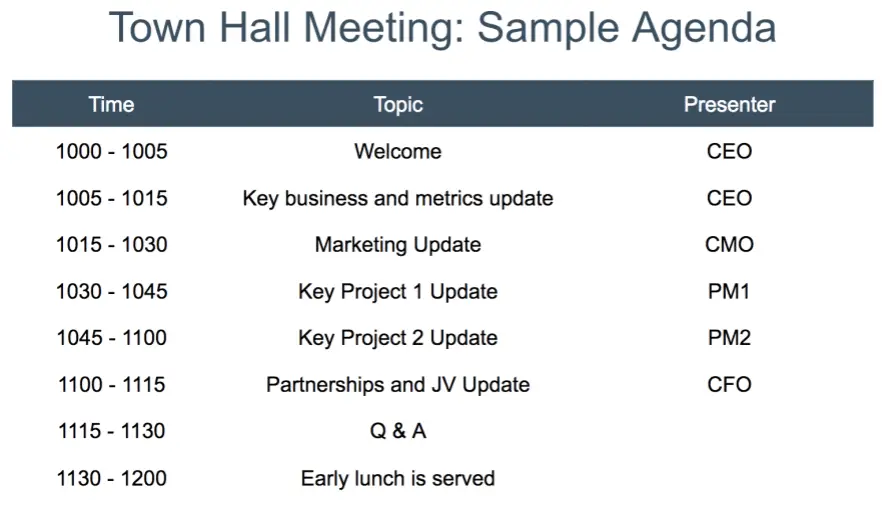
Ensure that everyone sticks to their timings. It doesn’t say much for a leadership team if they promise a 90-minute meeting that goes on for 3 hours.
3. Celebrate Successes
All-hands meetings provide an opportunity to celebrate the successes of your team, even small ones. It’s great to use these meetings to drive your team harder, but that message is more likely to be well received if you’ve already acknowledged their successes. Especially if this is done in front of their peers.
4. Share Openly
Share information as openly and candidly as you can. It will help to build trust. Of course, it would be imprudent to share certain sensitive information, but share what you can.
5. Include Everyone
This should already be clear to you from the rest of this article, but it is important to invite everyone in the organization to the meeting. Ensure that all new hires get added to the invite list on their first day in the job.
Think how bad it would feel if you were working remotely within a strategically unimportant part of the business and you didn’t receive an invite to the all-hands meeting? What kind of message do you think that sends?
6. Discuss Key Metrics
All organizations have somewhere they’re trying to get to. Share your KPIs for these key initiatives so everyone understands how the organization is doing.
7. Leave room for Q & A
Leave some room on the agenda for questions and answers. Remember it’s important to hear feedback from the team and to facilitate them to ask questions to clarify their understanding.
If you don’t know the answer to a question then state you don’t know and will get back to them. As tempting as it can be, don’t try and make up an answer if you don’t know it. You may feel it makes you look better to know the answer to everything, but it actually undermines your credibility if you lie.
8. Keep it Fun
All-hands meetings can be a great opportunity to have some fun. This could be getting pizza or beer for everyone at the end of the meeting and encouraging them to socialize. Or it could be giving employees the opportunity to sing or dance to showcase their other talents. Use your imagination here.
Alternative to Town Hall
If you are managing a small team then Management by Wandering Around (MBWA) can provide an alternative to all-hands meetings.
MBWA won’t scale as well as town hall meetings, but they might give you better information on the fears and challenges facing your team.
Summary
Town hall meetings serve three purposes:
- They allow management to share important information.
- They allow employees to ask questions.
- They ensure everyone understands the goals of the organization.
To be successful it is important that everyone attends the meeting. These meetings should not be a one-off event. You should hold them frequently to reinforce important points and to align new hires with the objectives of the organization.
It is also important that every all-hands meeting gives employees the opportunity to ask questions. This allows employees to feel part of the decision-making process.
